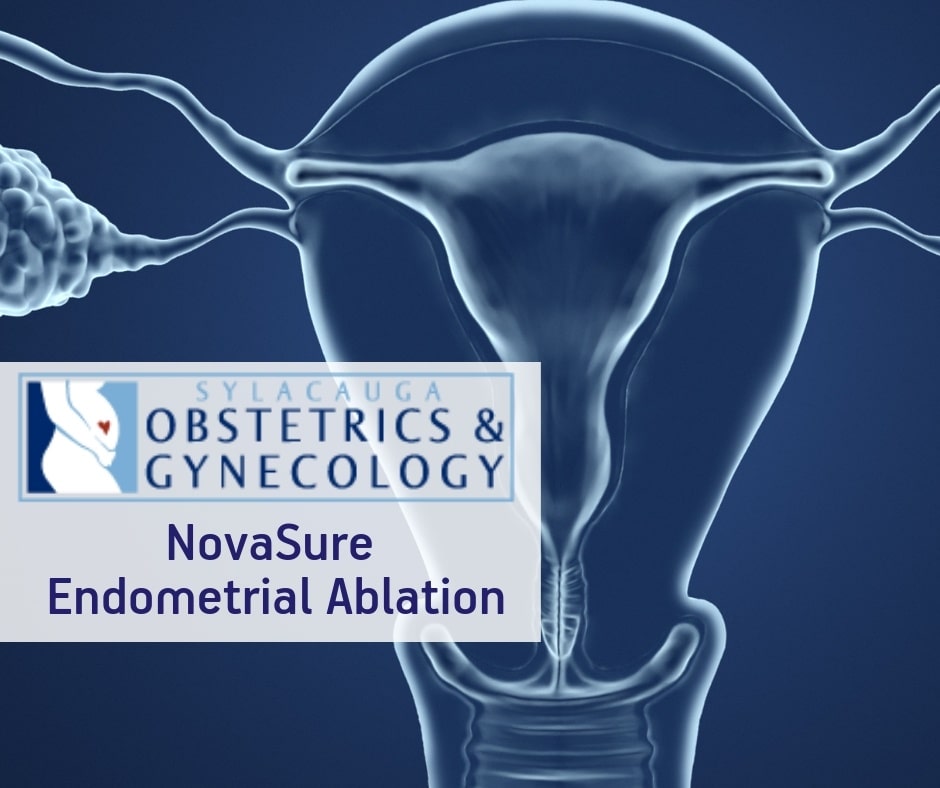Care After Ablation

The road to recovery after an ablation procedure is a critical period, during which careful attention to post-operative care can significantly influence the outcome and minimize potential complications. An ablation, a minimally invasive procedure used to treat various conditions including arrhythmias and certain types of cancer, aims to destroy (ablate) abnormal tissue. The care process following an ablation is tailored to the specific type of ablation performed, the individual’s health status, and the presence of any underlying conditions. However, there are general guidelines and considerations that are applicable across the board.
Immediate Post-Procedure Care
Immediately after the procedure, patients are typically monitored in a recovery room for several hours. This period is crucial for observing any immediate complications and ensuring that the patient is stable. The staff will monitor vital signs, check for any signs of bleeding at the catheter site, and assess for any new or worsening symptoms. Pain management is also a priority during this time. Depending on the procedure, patients may experience some discomfort, which can usually be managed with medications.
Hospital Stay
The length of hospital stay can vary, but for many ablation procedures, patients are discharged the same day or the day after. During the hospital stay, patients are educated on how to care for themselves post-discharge. This includes information on activity levels, wound care, signs of complications to watch for, and follow-up appointments.
At Home: The First Few Days
Once discharged, it’s essential to follow the specific instructions provided by the healthcare team. Generally, patients are advised to:
- Rest: Avoid strenuous activities, heavy lifting, and bending for several days to a week after the procedure.
- Monitor the Catheter Site: Keep the site clean and dry to prevent infection. Signs of infection, such as redness, swelling, increased pain, or discharge, should be reported immediately to the healthcare provider.
- Pain Management: Follow the prescribed pain management plan. Over-the-counter pain relievers may be recommended for mild discomfort.
- Hydration: Drink plenty of fluids to help flush out the contrast dye used during the procedure, if applicable.
- Follow-Up: Attend all scheduled follow-up appointments. These visits are crucial for assessing the success of the procedure and addressing any concerns or complications.
Lifestyle Modifications
After an ablation, patients may need to make lifestyle adjustments, especially if the procedure was performed to treat a heart condition. This can include:
- Dietary Changes: Adopting a heart-healthy diet that is low in saturated fats, cholesterol, and sodium.
- Exercise: Gradually increasing physical activity, with a focus on aerobic exercises, under the guidance of a healthcare provider.
- Stress Reduction: Engaging in stress-reducing activities, such as meditation or yoga, to help manage stress, which can be a trigger for arrhythmias.
- Smoking Cessation: Quitting smoking, as smoking can significantly increase the risk of complications and reduce the effectiveness of the procedure.
Potential Complications
While rare, complications can occur after an ablation procedure. It’s crucial to be aware of these potential issues and seek immediate medical attention if they arise. Complications may include:
- Bleeding or Hematoma at the Catheter Site: Excessive bleeding, swelling, or bruising at the site where the catheter was inserted.
- Infection: Signs of infection, such as fever, chills, or redness and swelling at the catheter site.
- Damage to Surrounding Structures: Depending on the location of the ablation, there’s a risk of damaging nearby structures, such as nerves or organs.
- Arrhythmias: In some cases, patients may experience arrhythmias after the procedure, which may be temporary or, in some instances, require further treatment.
Conclusion
The care after an ablation procedure is a multifaceted process that requires careful attention to detail and adherence to the personalized instructions provided by the healthcare team. By understanding what to expect and how to manage post-procedure care, patients can significantly contribute to the success of the treatment and minimize the risk of complications. The journey towards recovery is unique to each individual, and open communication with healthcare providers is key to navigating this period effectively.
What are the common symptoms after an ablation procedure that I should be concerned about?
+Common symptoms to be concerned about include chest pain, shortness of breath, dizziness, fever, swelling or redness at the catheter site, and new or worsening arrhythmias. If you experience any of these, you should seek medical attention immediately.
How long does it take to recover from an ablation procedure?
+Recovery time can vary depending on the individual and the specific procedure. Generally, patients can expect to return to normal activities within a few days to a week after the procedure. However, it may take several weeks for the full effects of the ablation to be realized and for the body to fully recover.
Can I drive after an ablation procedure?
+It’s usually recommended to avoid driving for at least 24 hours after the procedure, or as advised by your healthcare provider. This is to ensure that you are not at risk of complications that could impair your ability to drive safely.
What kind of follow-up care can I expect after an ablation procedure?
+Follow-up care typically includes scheduled appointments with your healthcare provider to monitor your recovery, assess the success of the procedure, and address any concerns or complications. You may also undergo additional tests to evaluate the effectiveness of the ablation.
Are there any long-term lifestyle changes I need to make after an ablation procedure?
+Yes, depending on the reason for the ablation, you may need to make lifestyle changes to reduce the risk of future complications or to manage underlying conditions. This can include dietary changes, increased physical activity, stress management, and avoiding smoking.


